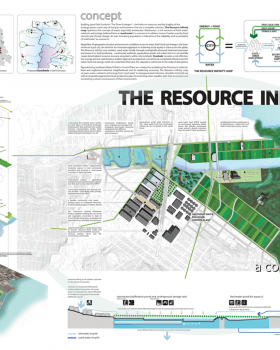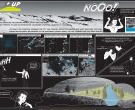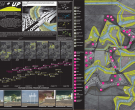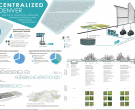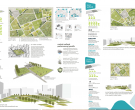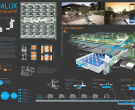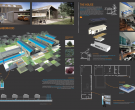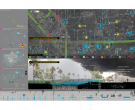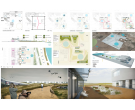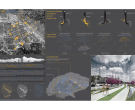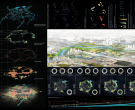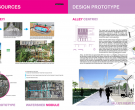Drylands Design turns the usual formula for western city-making on its head. Rather than engineer the landscape for long-distance imported water (snowmelt) and rapid discarding of local water (storm water), drylands urbanism maximizes the harvest of local resources, with as little energy added as possible, and reduces dependence on imports. Recognizing that no water solution for the US West (or anywhere) is a true solution unless it is also an energy solution, proposals opportunistically convert existing infrastructure networks—basins, reservoirs, transit arteries—into multipurpose systems for harvesting and treating stormwater and wastewater. A hybrid retrofit results: manmade technologies (highways, flood control channels) are peeled and perforated to include ecological function (permeable aquifer recharge arteries). Ecological systems—flood plains, wetlands—serve as low-carbon technologies (passive water treatment). Captured rainwater, storm-water runoff, gray water, and wastewater combined form the West’s largest undeveloped water supply. Opportunistically exploiting this supply requires, at every scale, an inversion of the usual order of things: flood as opportunity; surface as sponge; roof as cup; waste as sustenance; city as farm. Each physical surface of the built environment takes on a dual character: rapid saturation and slow release; plentiful storage and disciplined consumption; fat and lean; wet and dry, resulting in a synthesis that leverages the advantages of natural terrain and the economies of existing infrastructures.


